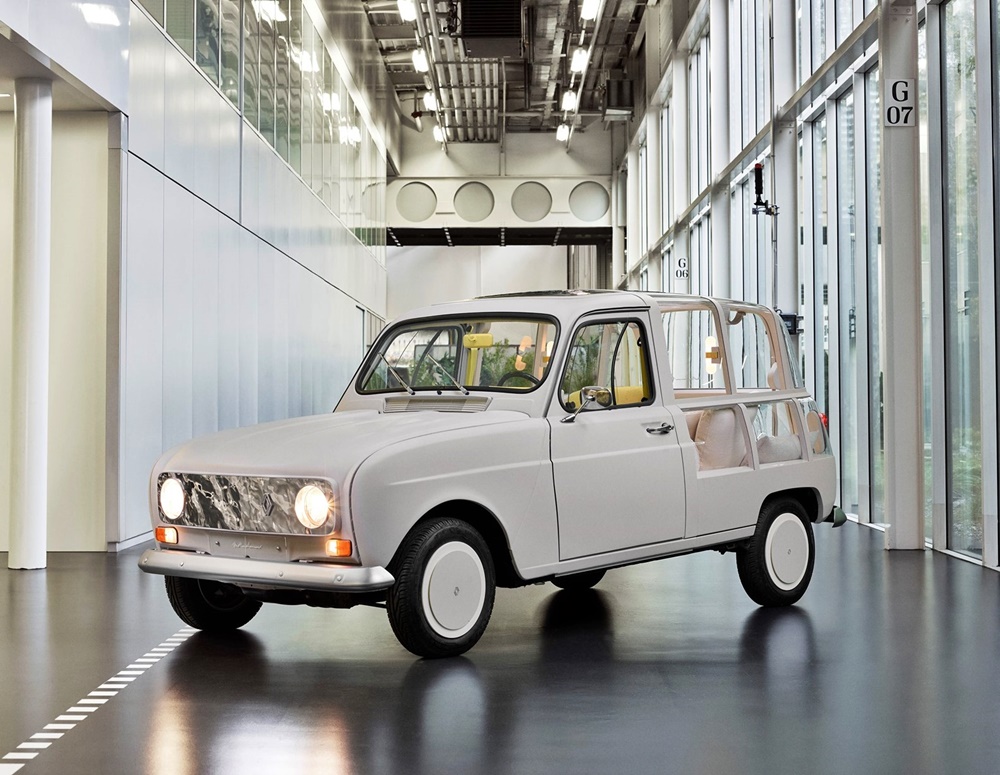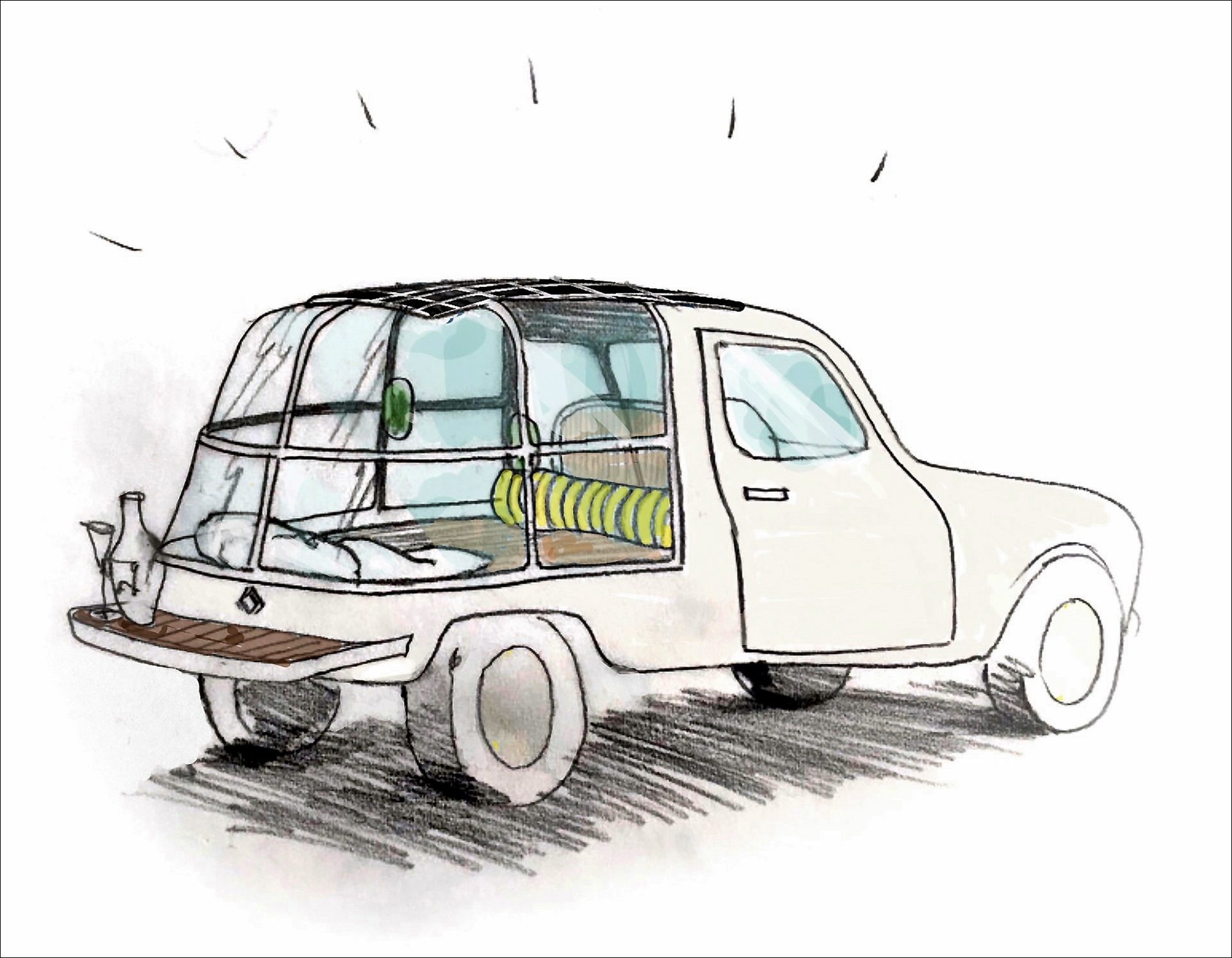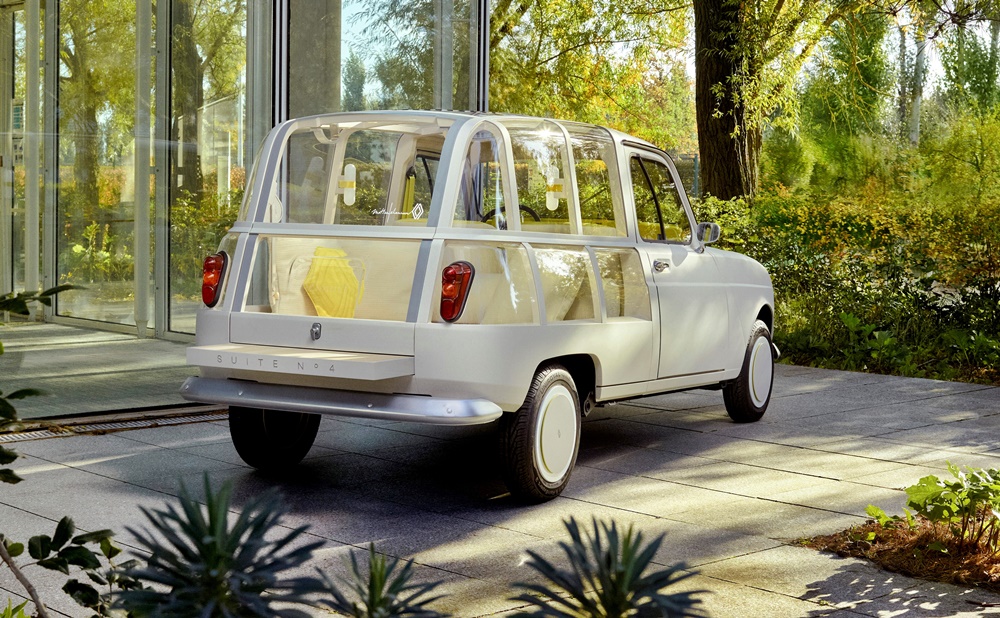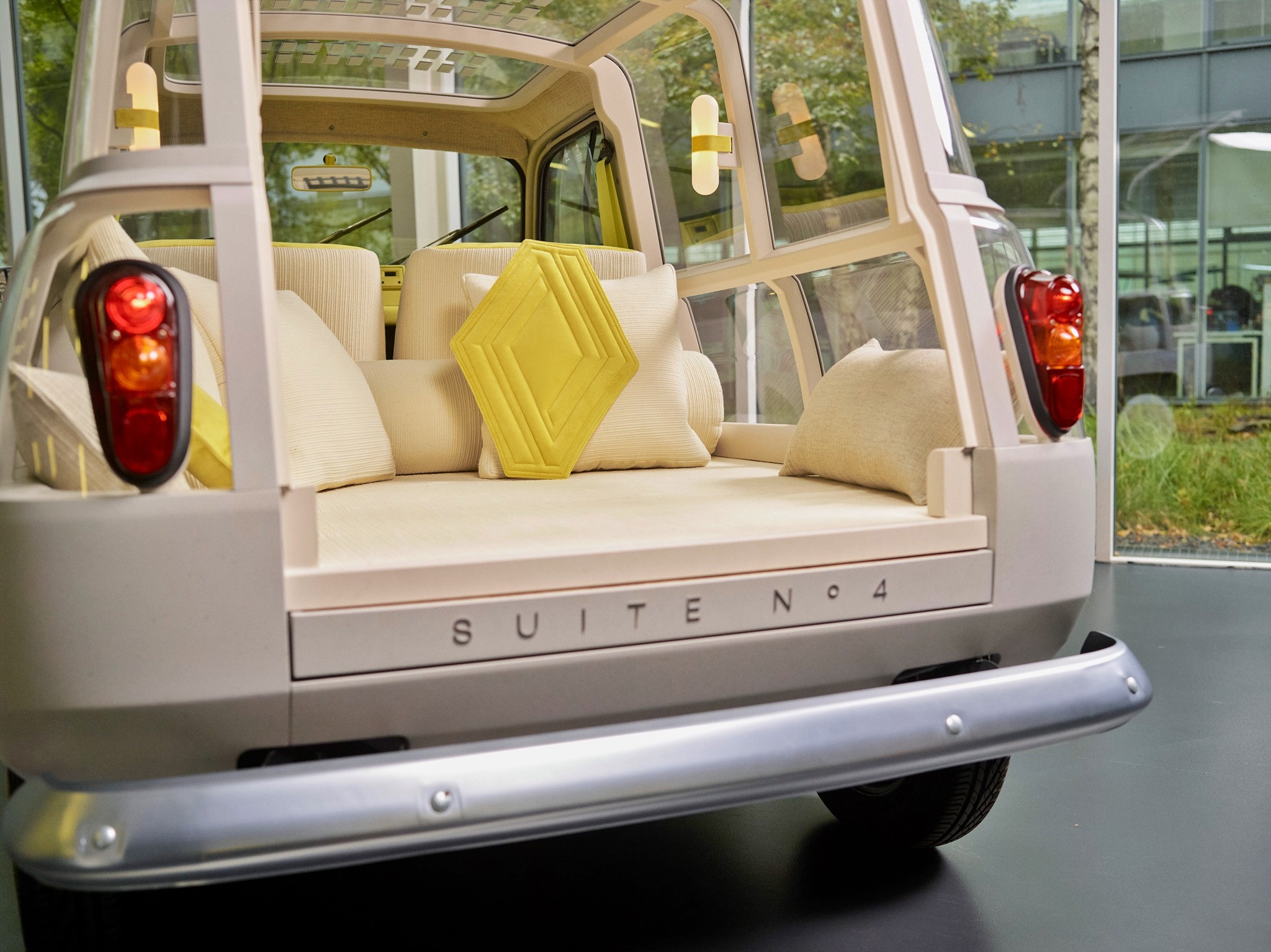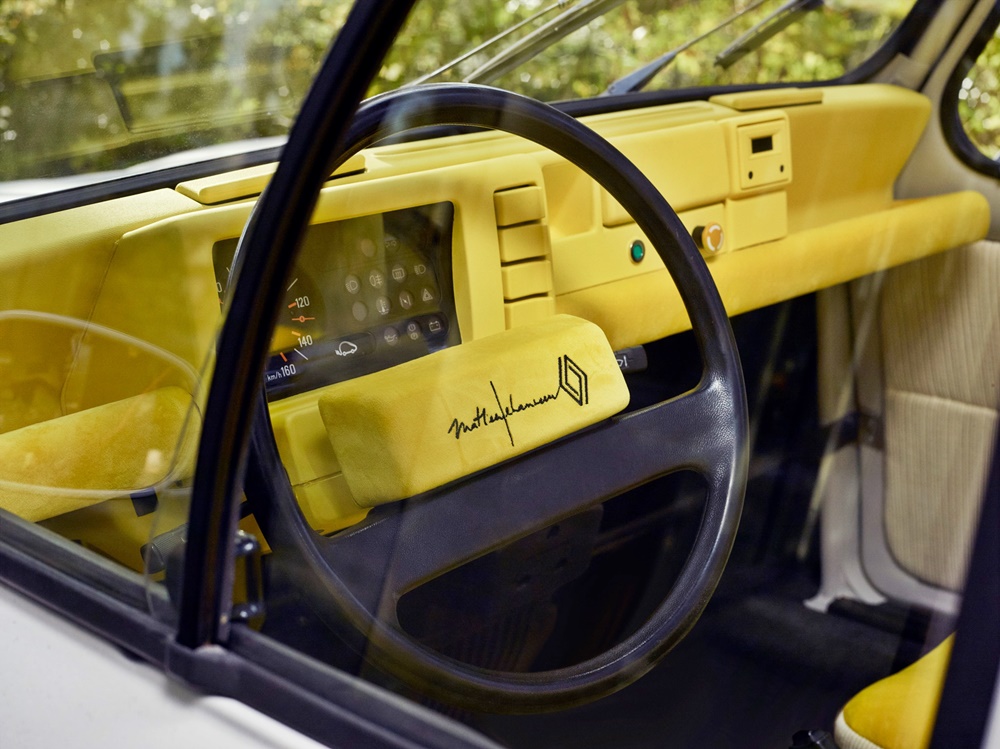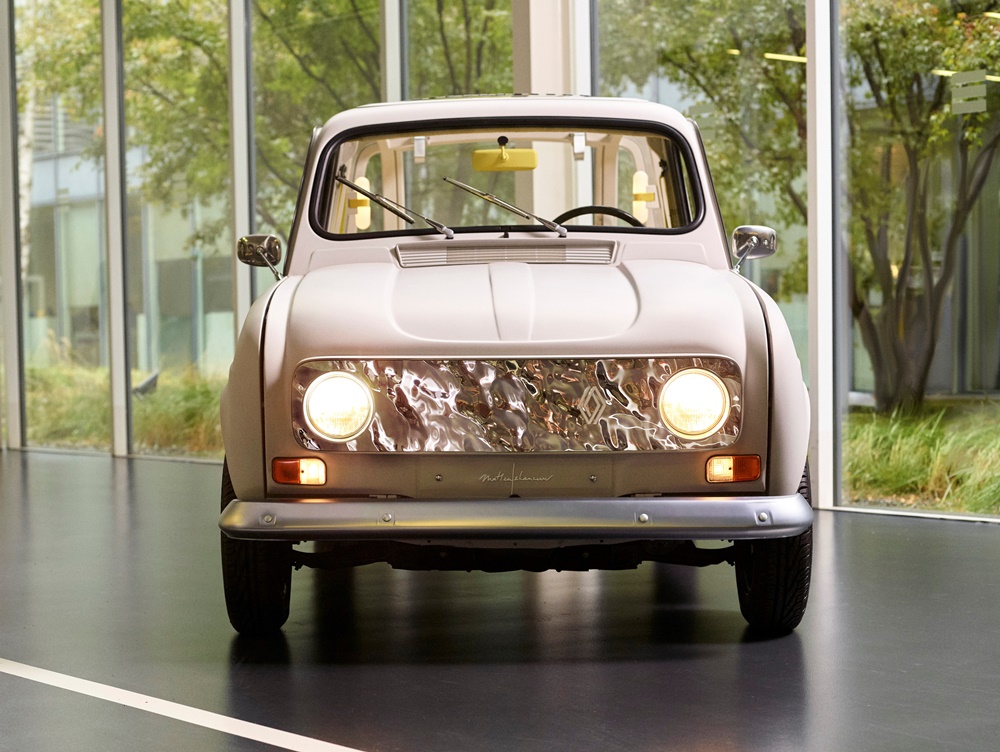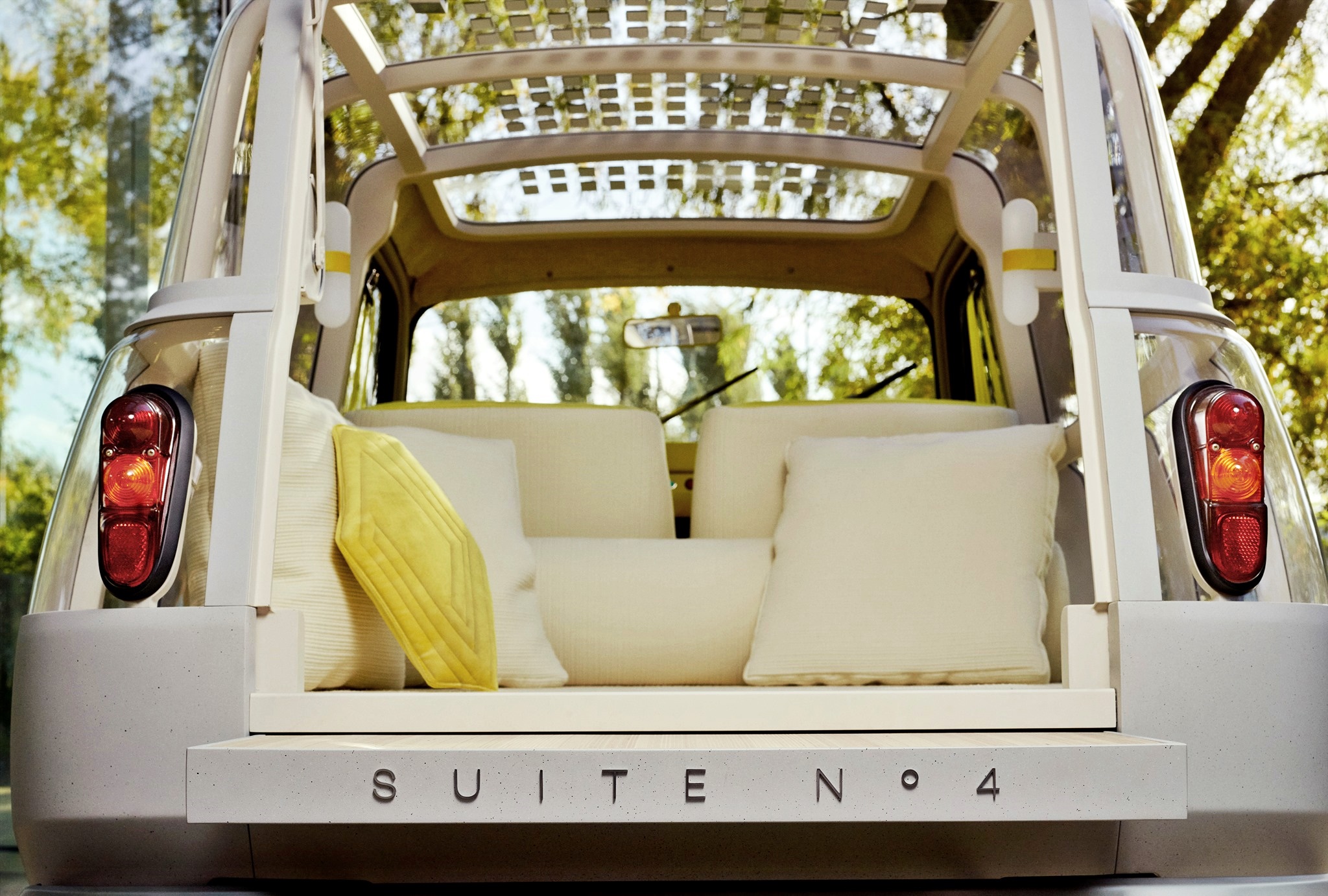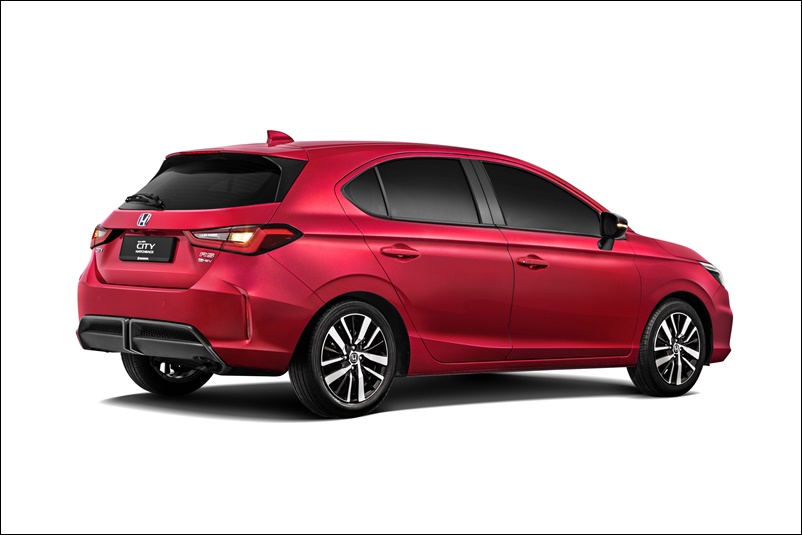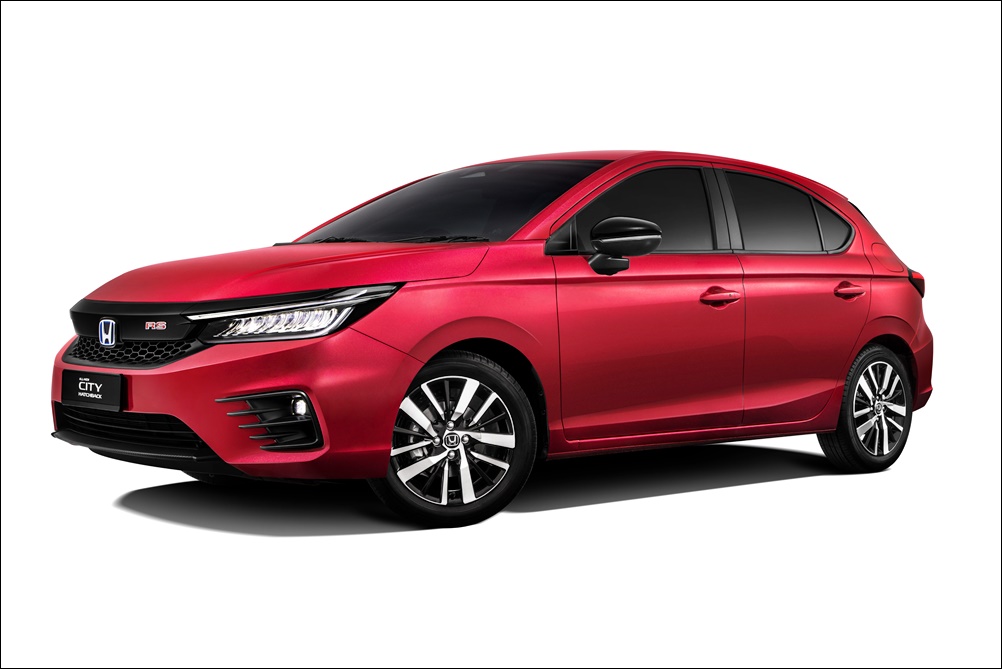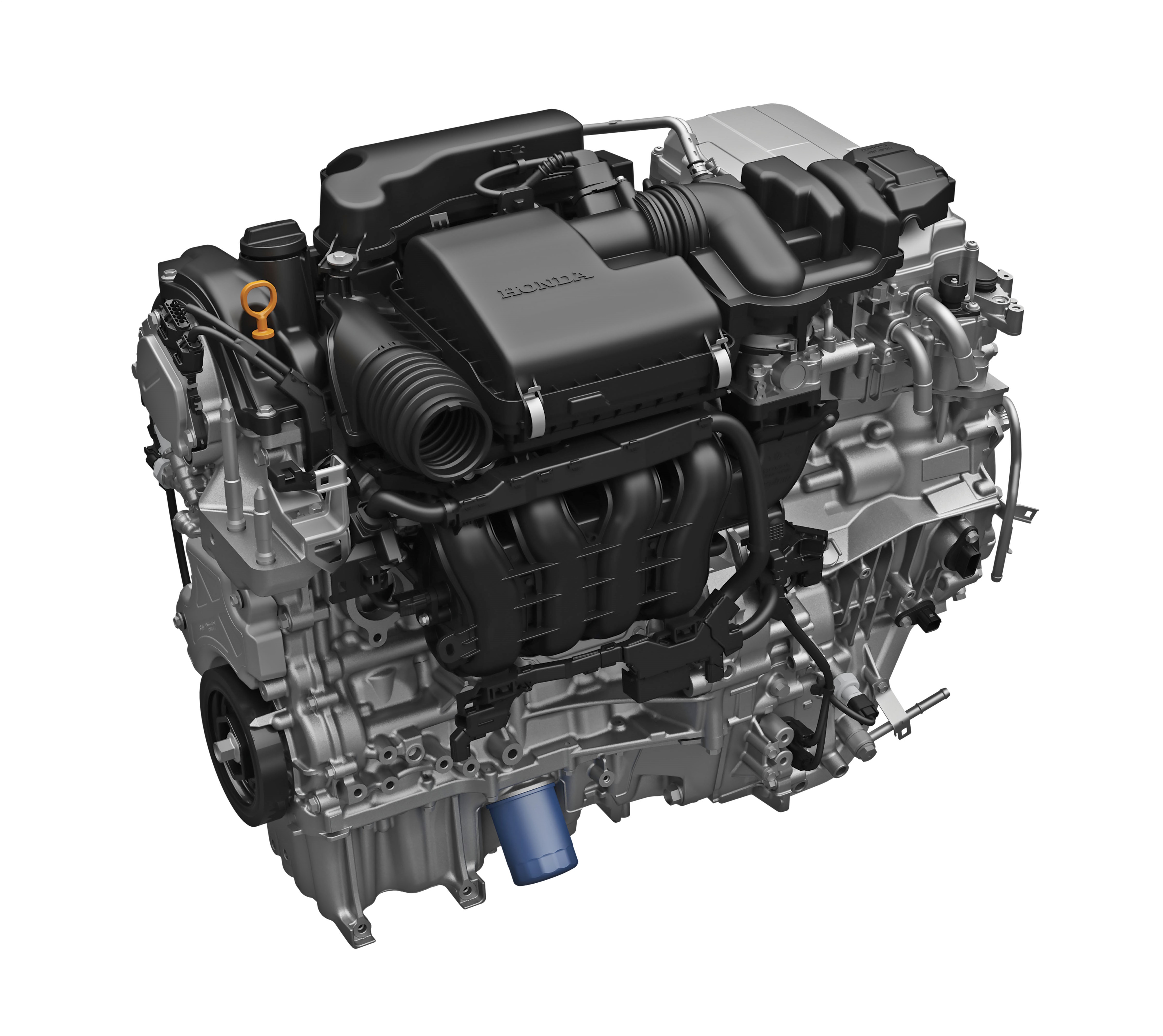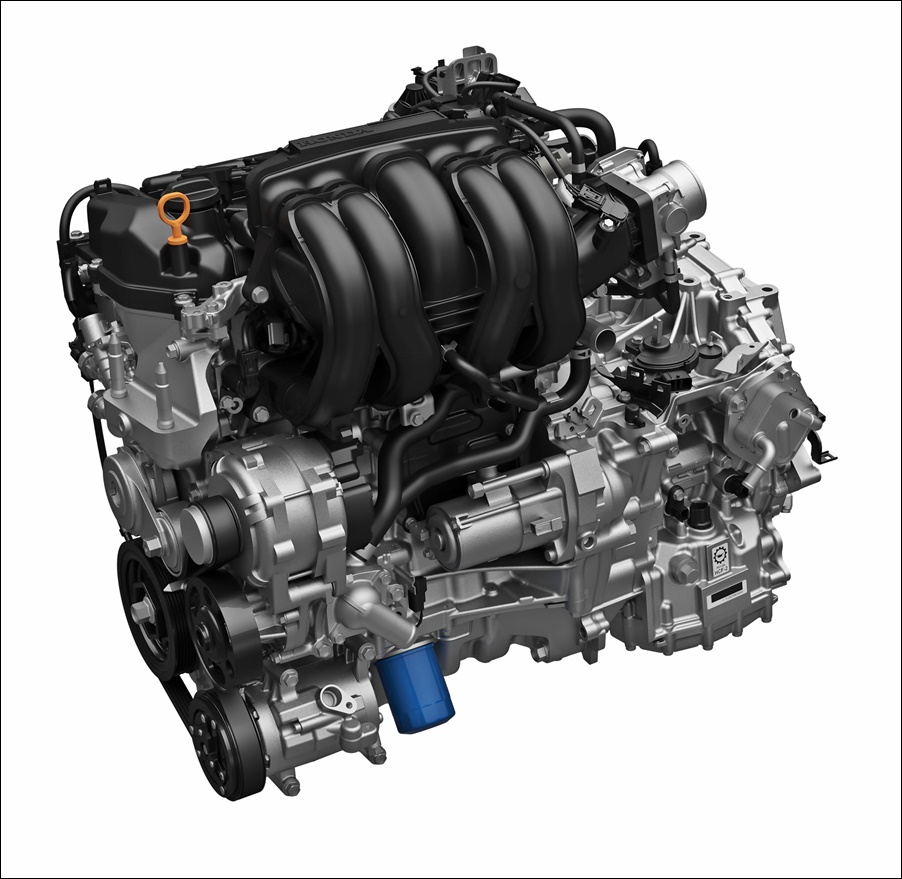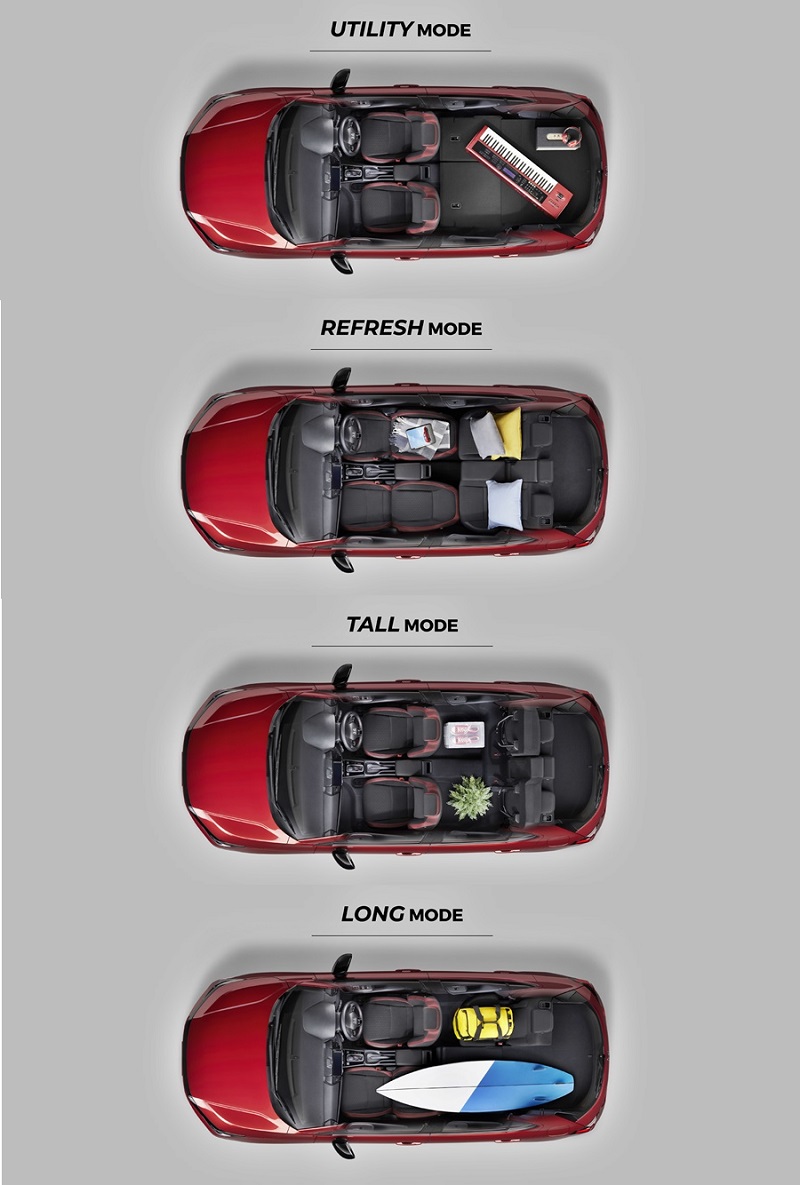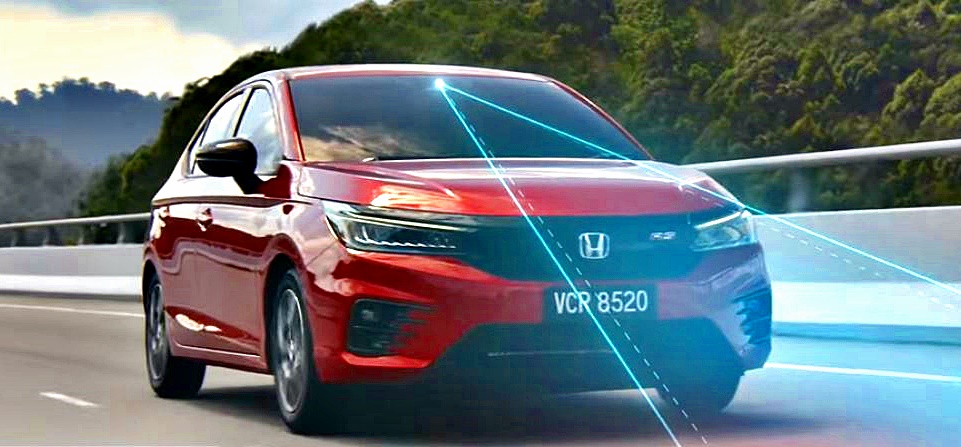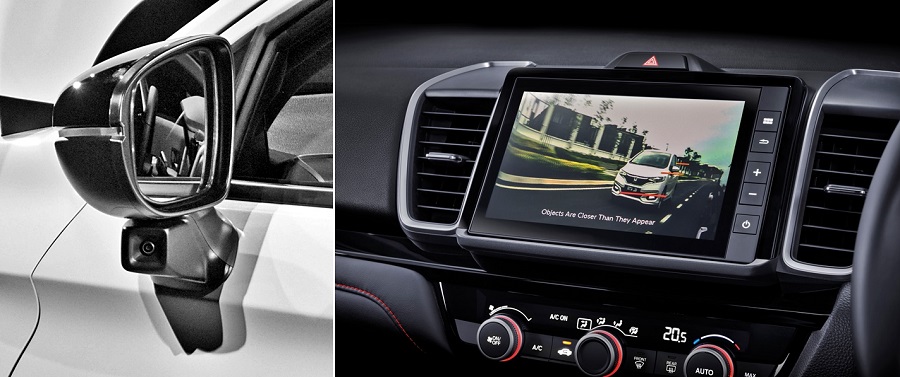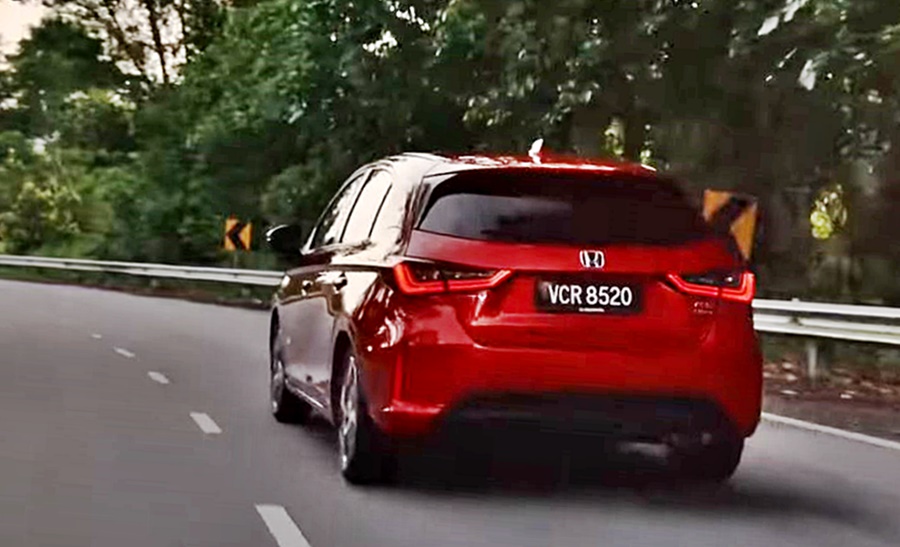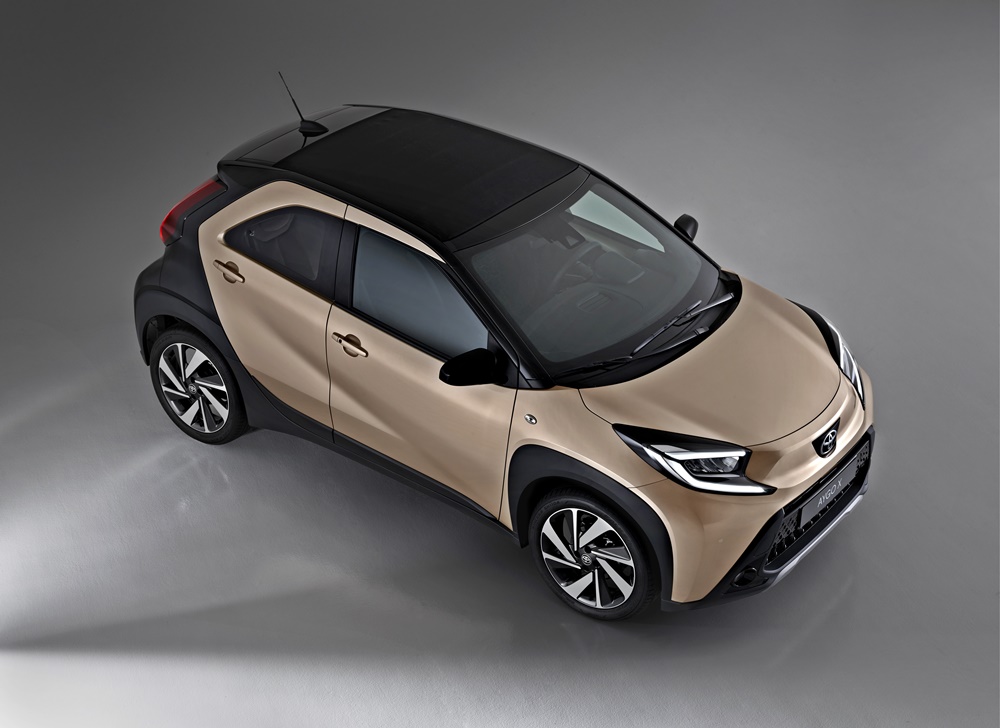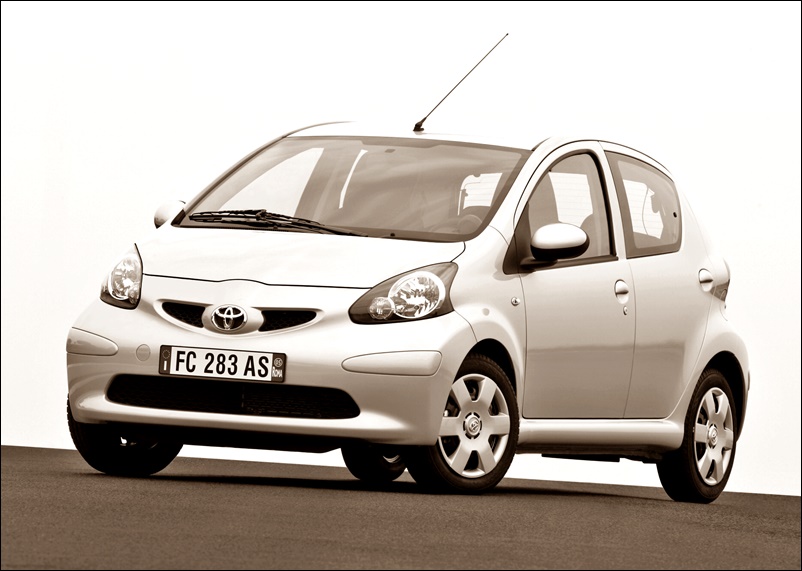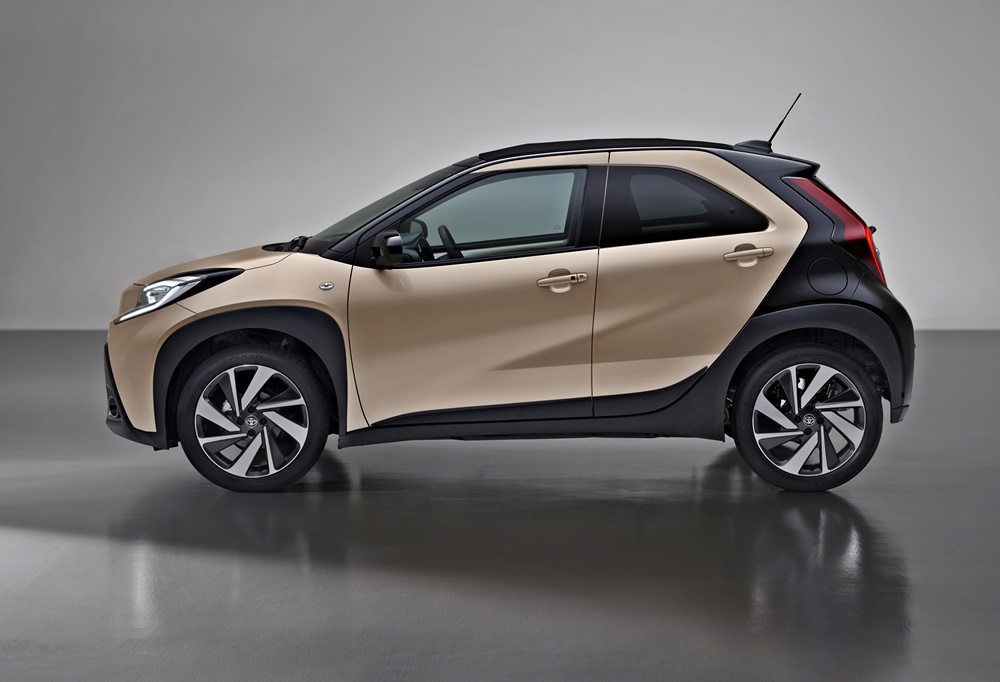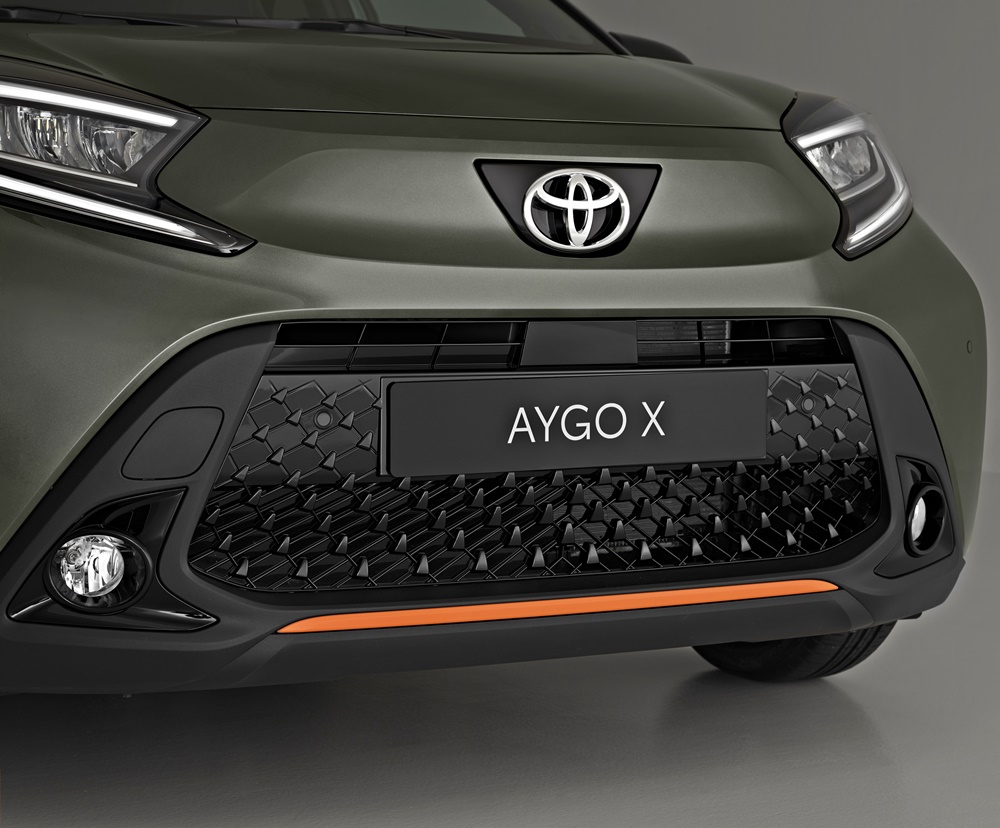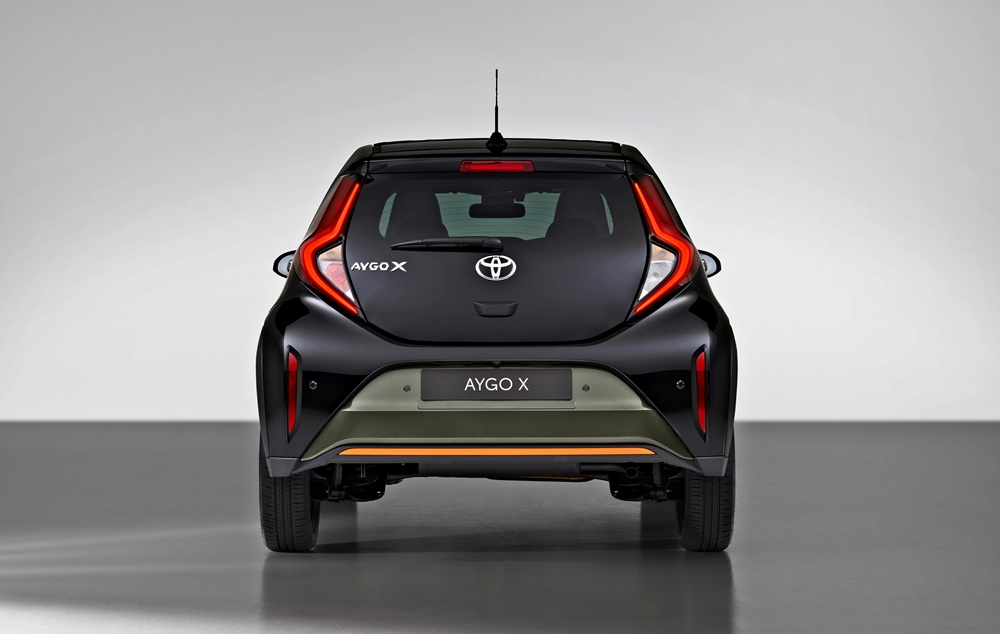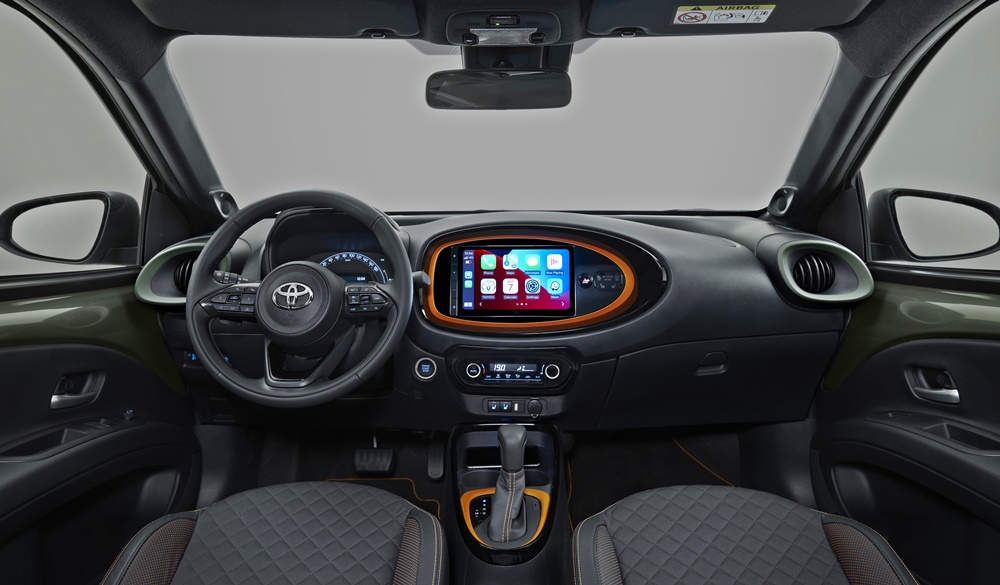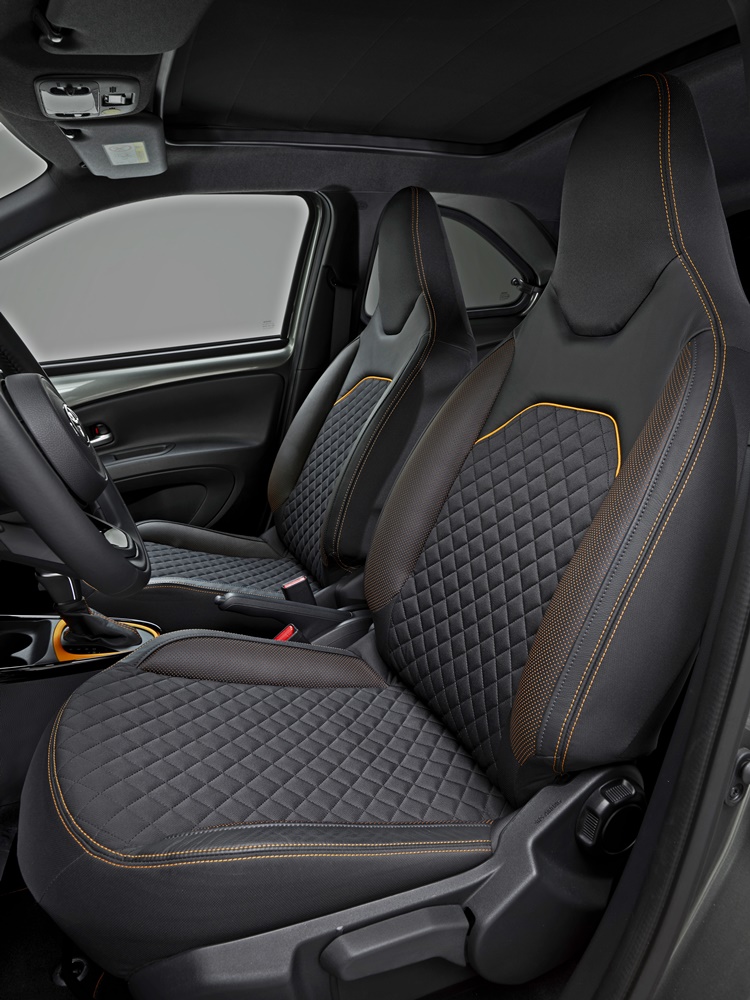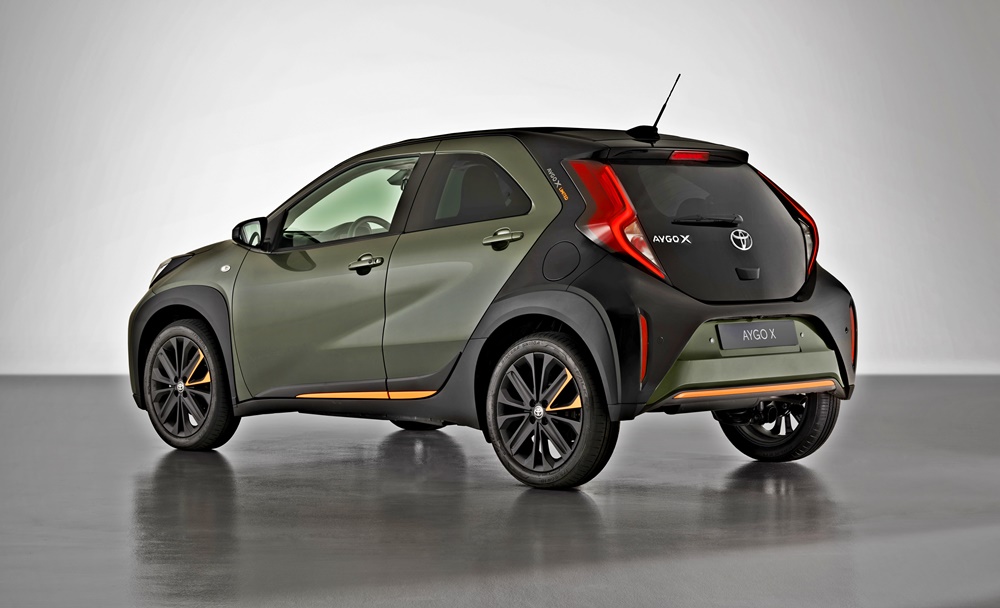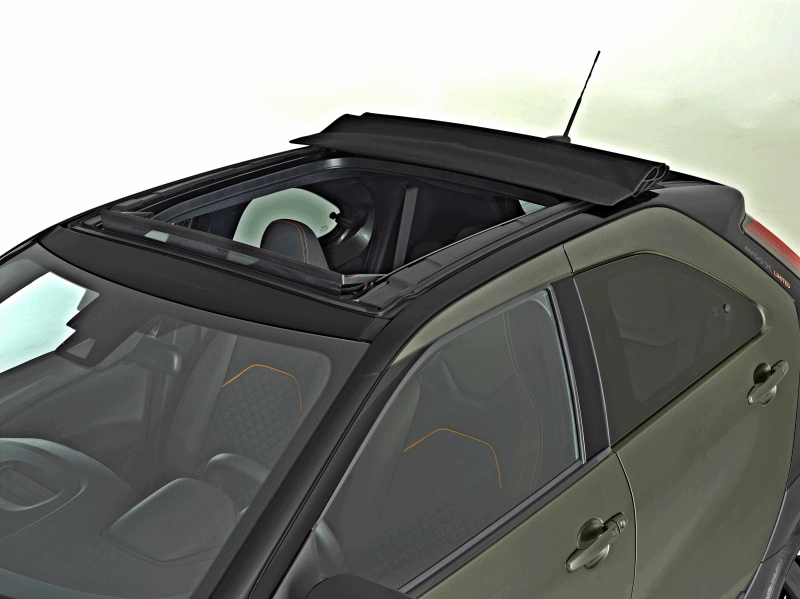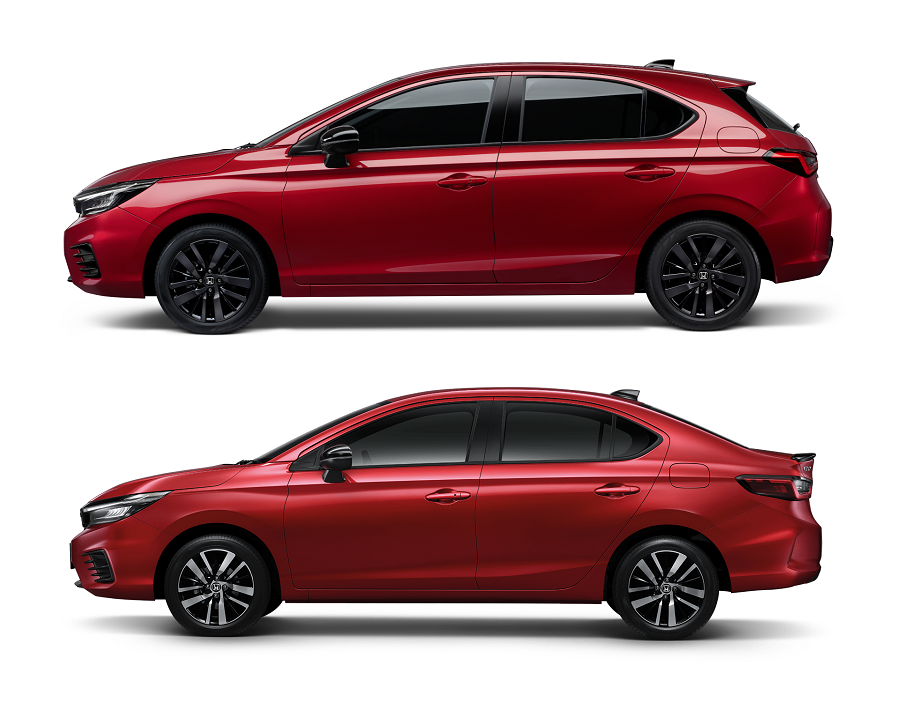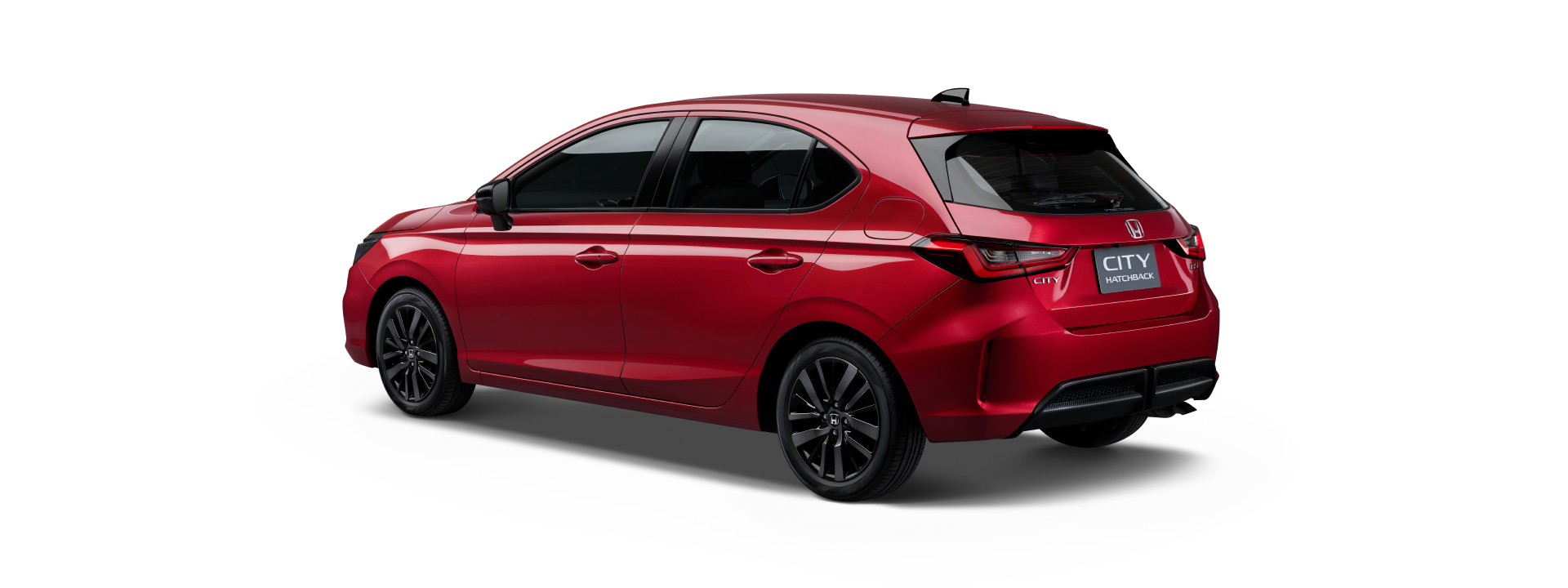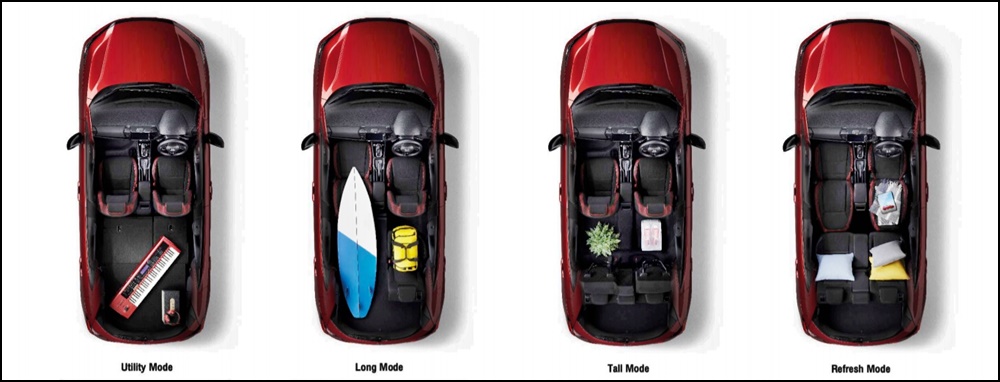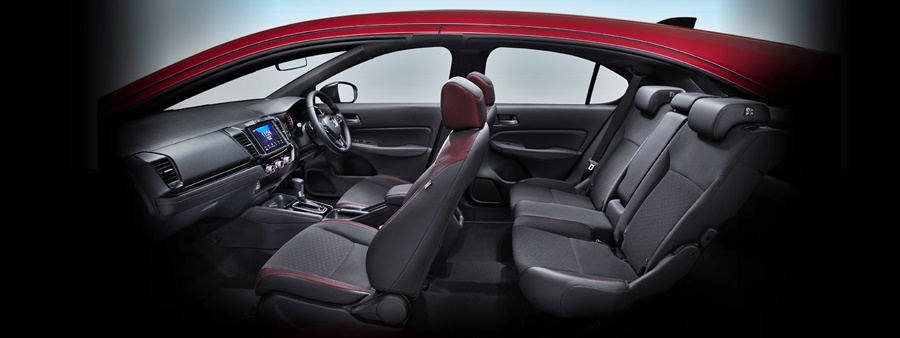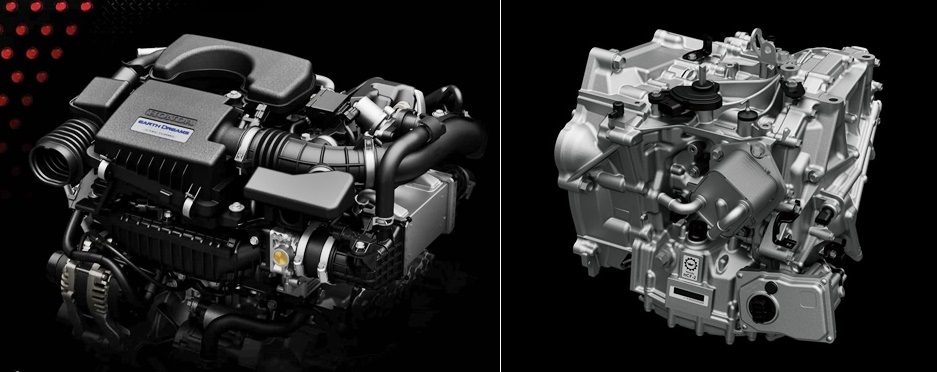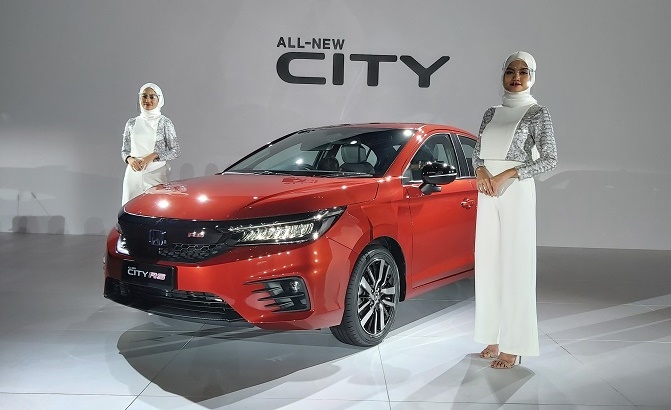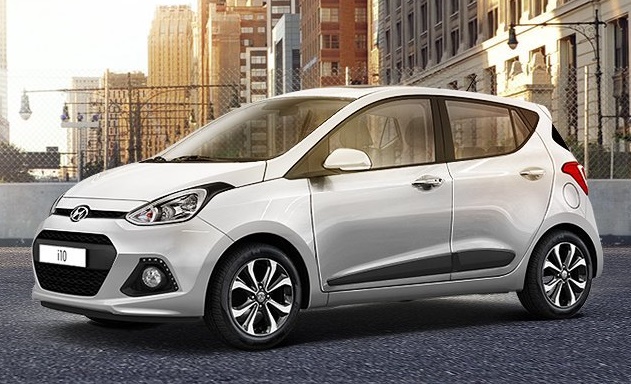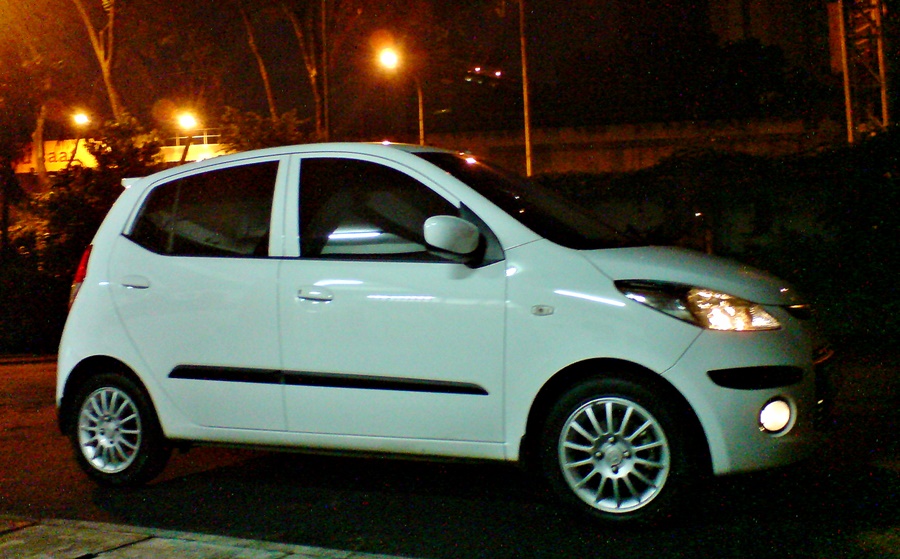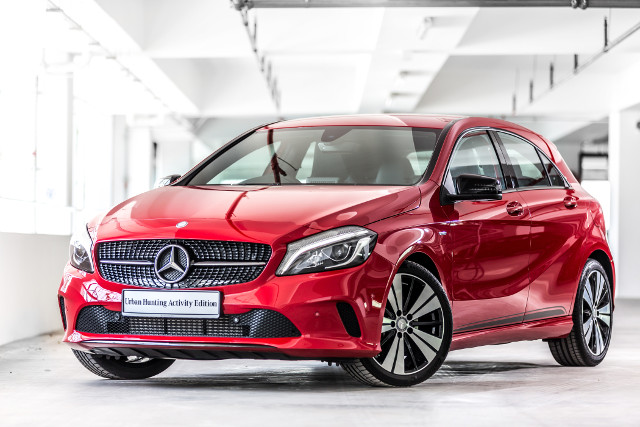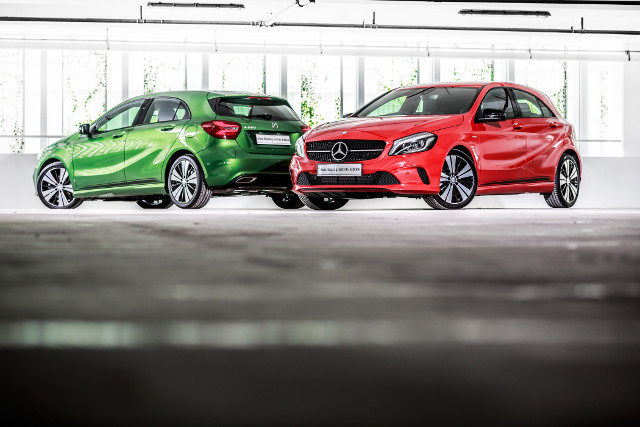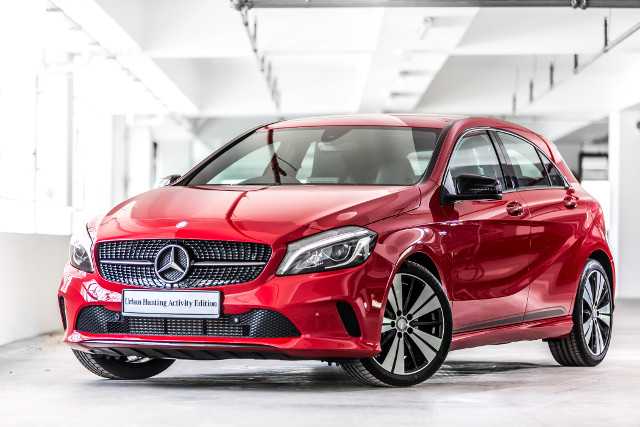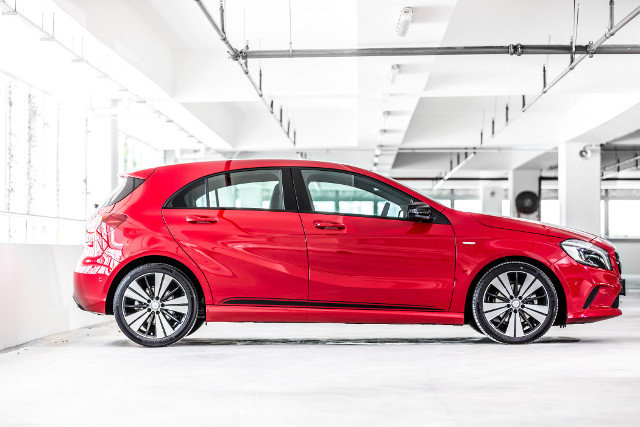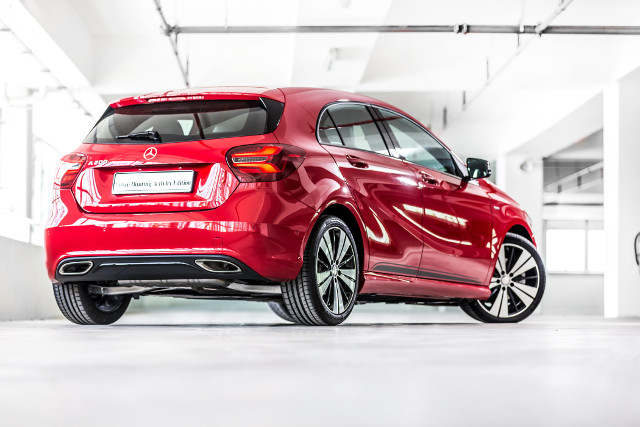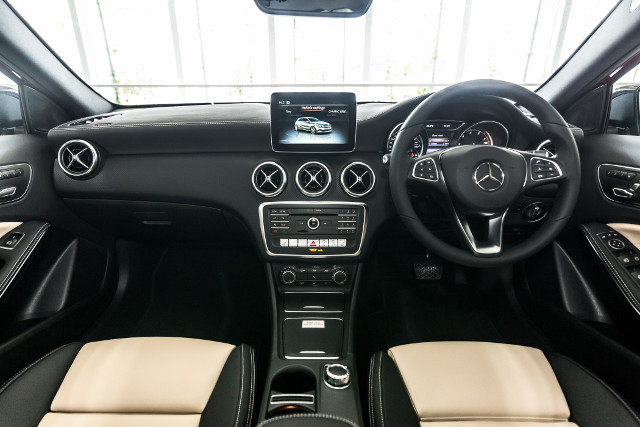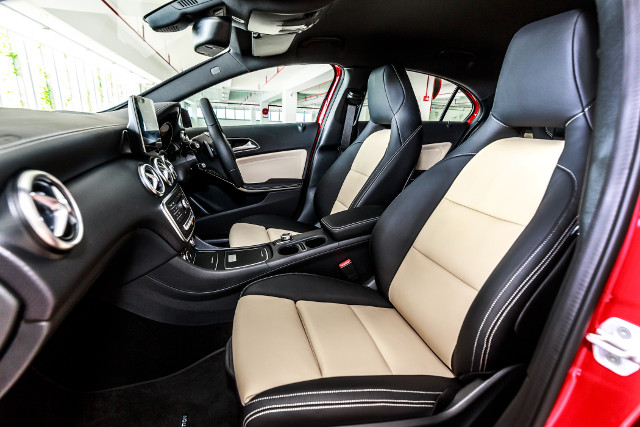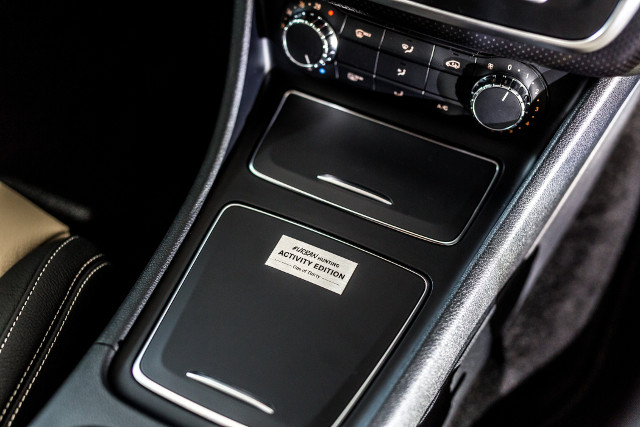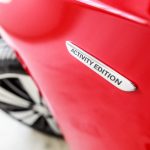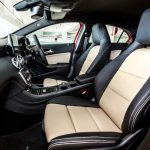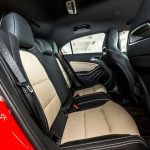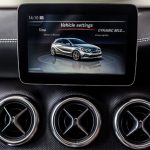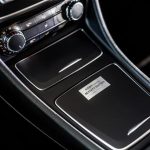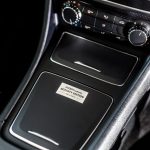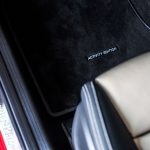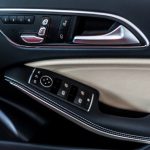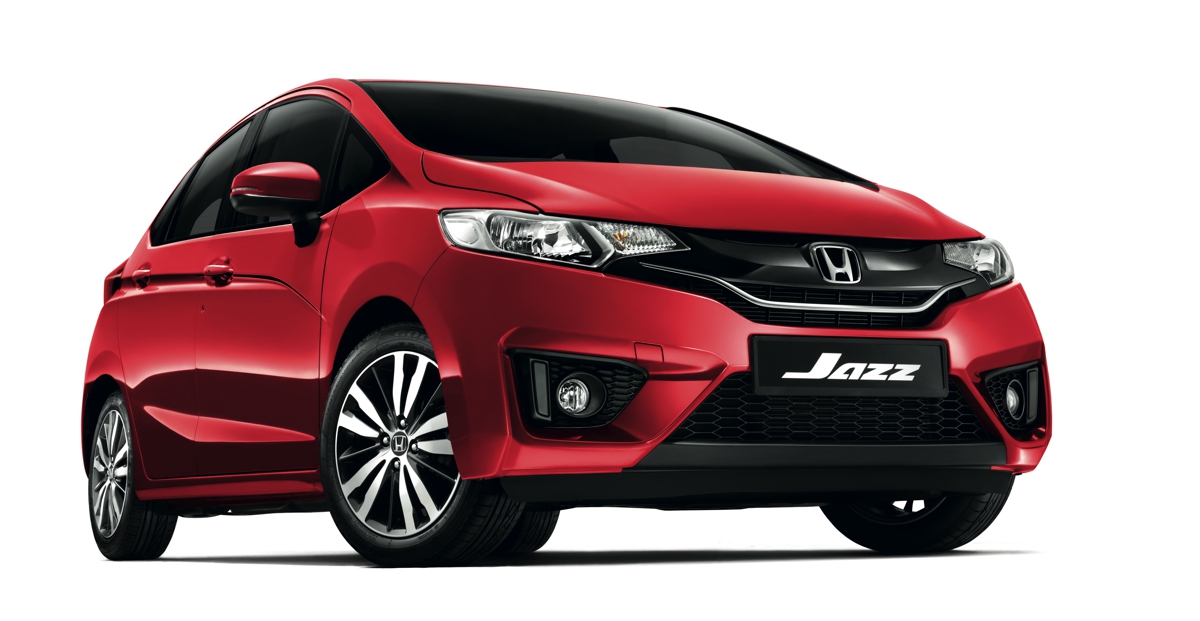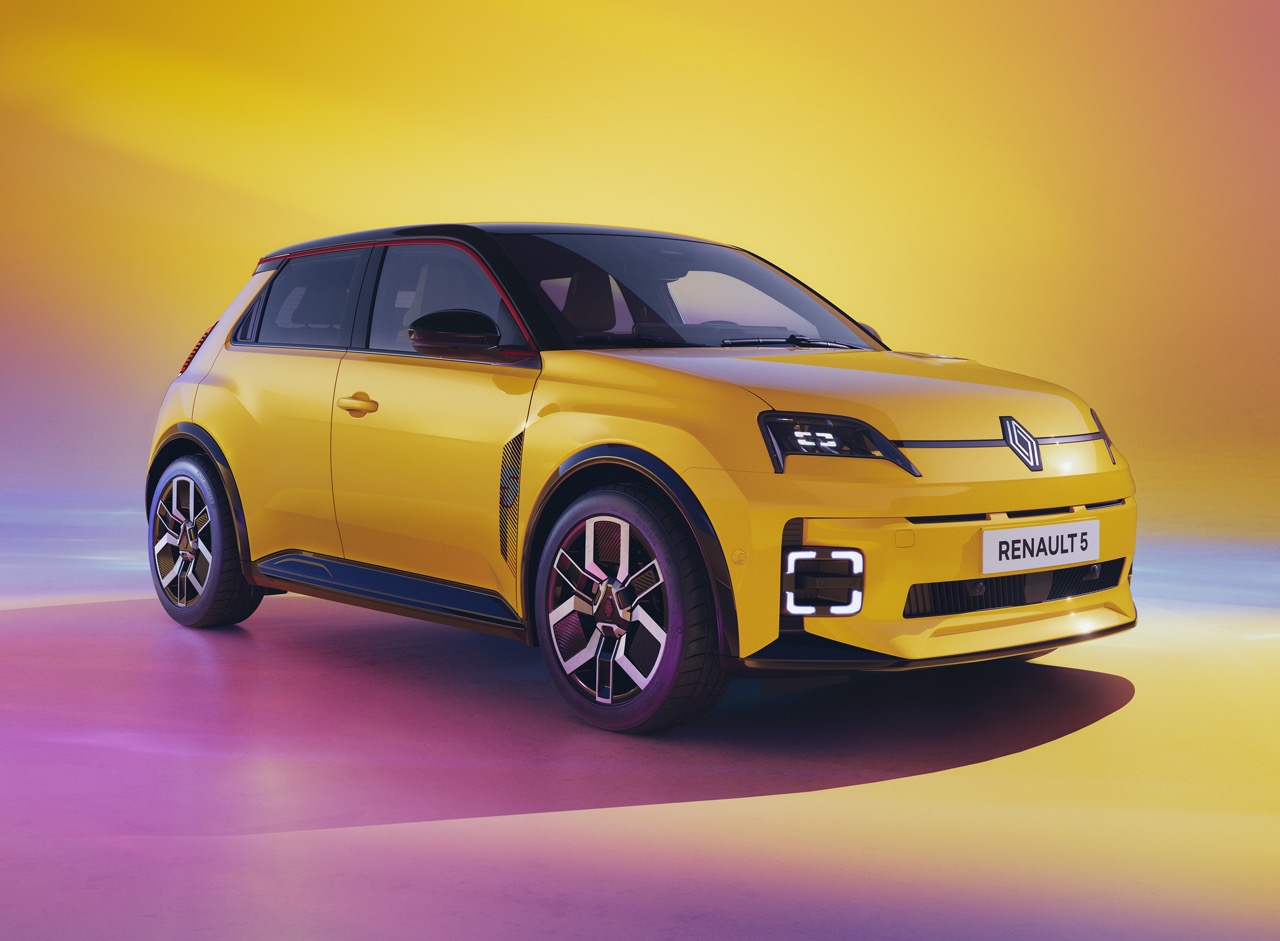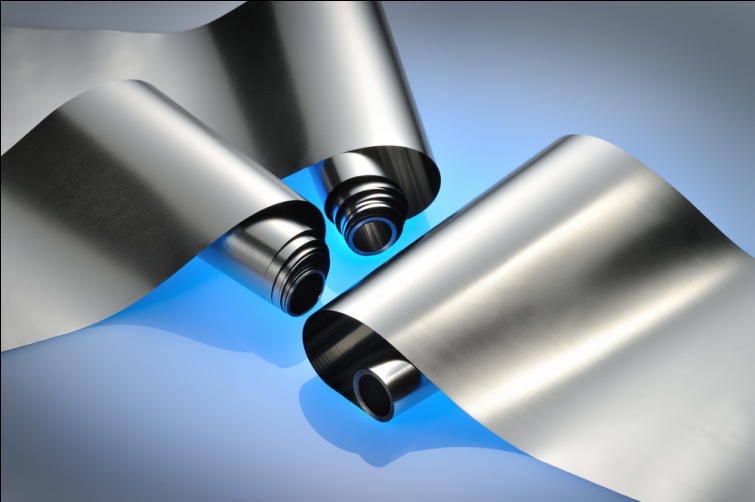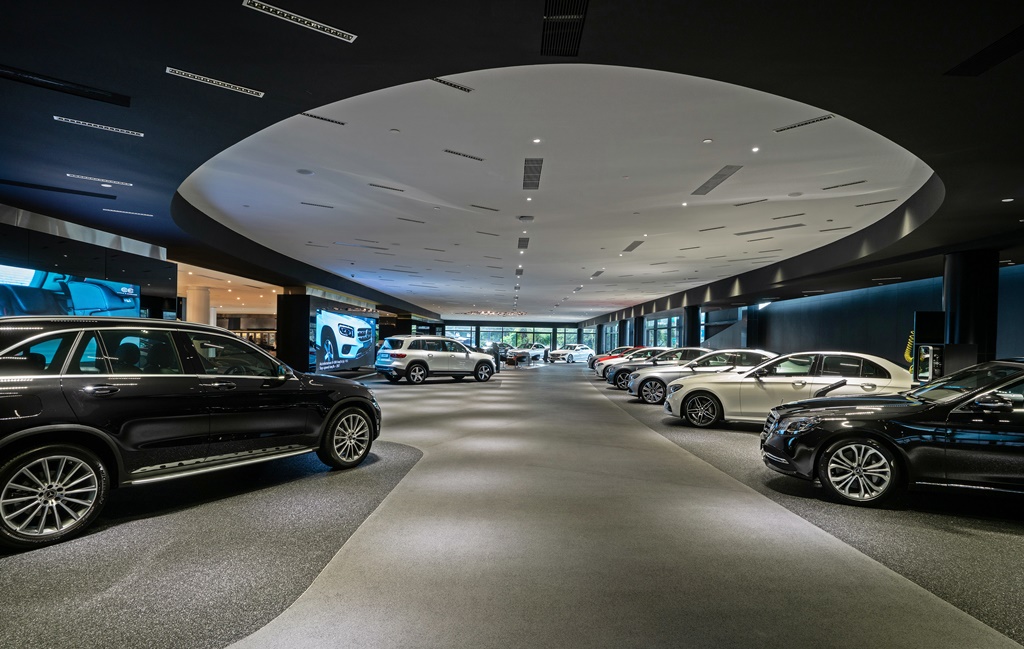The Renault 4 was unveiled right at the start of the 1960s, a time when people in France were beginning to leave their country lives behind them and move closer to urban areas. However, public transport links left much to be desired, particularly on the outskirts of towns and cities. People began to feel the need for a car suitable for rural and urban areas alike, a car they could drive to the shops or to work. It was also a time when increasing numbers of women were in employment and households’ purchasing power began to expand.
Against that backdrop, the car that would soon come to be known as the ‘4L’ provided a 24/7 solution for both urban and rural living – all thanks to the humble hatch at the back. The fifth door – which is in cars we call ‘hatchbacks‘ – meant that the new Renault 4 quickly became a ‘social phenomenon’.
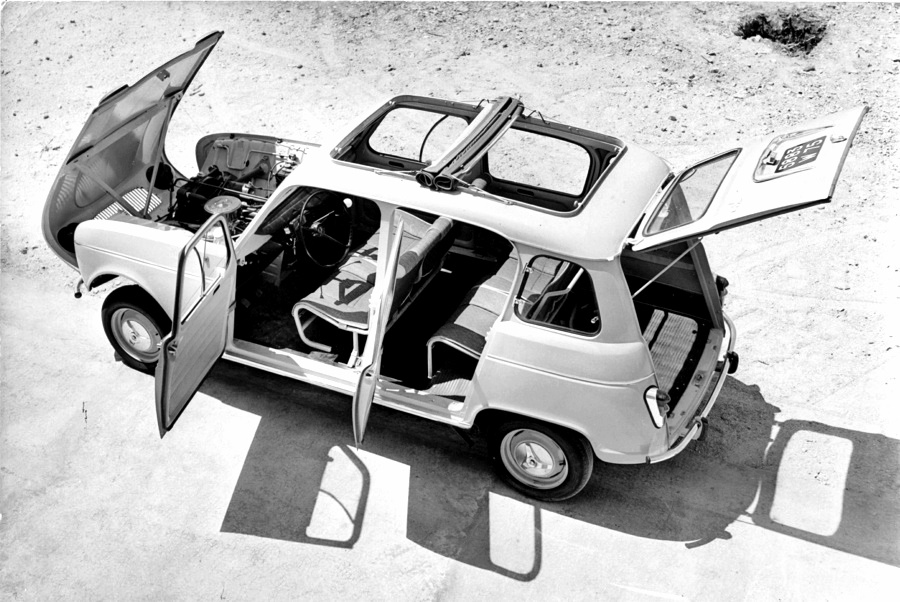
The man behind the project, Pierre Dreyfus, CEO of Renault from 1955 to 1975, explained to his teams that he wanted to see ‘a high loading volume’ for a ‘blue jean’ car – meaning a car that would suit people of all ages and social classes around the world. Over 8 million units would be sold in more than 100 countries during a period spanning more than 30 years, so it is safe to say his wish was granted.
“The hatch on the 4L gave rise to a new car model and a new car feature,” said Hugues Portron, Managing Director of Renault Classic. “This wonderful invention resulted in a vehicle that was a saloon car, an estate car and a utility car in one. Hatchbacks revolutionised the automotive industry by offering greater interior modularity.”
To celebrate the 60th anniversary of the Renault 4, the French brand decided to reinvent the model to show what it would be like as a 21st century product. The company teamed up with designer Mathieu Lehanneur to create the SUITE N°4, an original concept car inspired by a nomad hotel suite.
“The collaboration with Lehanneur was a natural fit,” said Arnaud Belloni, Renault Brand Global Marketing Director. “We asked him to come up with a concept car showcasing his vision for the 4L. The finished product is extraordinary. A car which really encapsulates everything the brand has set out to achieve through the Renaulution strategic plan: create modern and innovative cars that provoke emotions.”
Lehanneur’s vision was fuelled by the parallel worlds of automobile and architecture. SUITE N°4 is a tribute to the 4L, channelling the same pure, understated and simple spirit while prioritising efficiency and spontaneity. On top, this concept car projects the model into the designer’s contemporary aspirations.
SUITE N°4 suggests a new mobility and travel experience. “I wanted to merge the worlds of cars and architecture to create an open-air hotel room. Even better than the finest palatial suite, the car is exactly where you want it to be, whether that’s by the sea, in the middle of a field or driving around the city you’ve always dreamed of,” Lehanneur explained.
The concept car maintains the same exterior dimensions (about 3.65 metres long, 1.5 metres wide) and lines as the iconic model but comes with a radical twist. The rear section and the hatch have been replaced with polycarbonate windows that provide transparency and lighting on a par with that of architectural glass. The transparent solar panels on the roof let light through while helping to charge the battery of the car as it is fully electric and emission-free.
The front of the car sports the same iconic lights, lines and silhouette as the original. The front grille in polished aluminium is both the designer’s signature and an ode to evasion. It creates waves and gives the car an effect of fluidity, dynamism and movement. The architectural inspiration can also be found on the body of the car, which is coated with three layers of paint that give it the mineral aspect of cement.
Inside, Lehanneur decided to let in the ambience and materials typical of residences, and combine the automobile technical requirements and the sophistication of the French art de vivre. The seats and the dashboard are upholstered with an energetic yellow velvet. In contrast, the space on the back is finished with a thick, ribbed chenille fabric and accessorised with two laps, for a robust look.
Bolsters and pillows complete the boot, transformed in a moving room. The experience is finalised by a wooden bench which slides like a drawer and can be extracted to provide sheltered seating when the hatch is open. Like for the original 4L, all of the materials are ‘Made in France’ and supplied by Paris-based artisans.
The 4L’s anniversary is to be a year-long celebration with different initiatives. These include a global social media campaign, posting a variety of content each month. International media have had the opportunity to take a ride in different historic Renault 4L models, some of which have been retrofitted with an electric powertrain. A collection of 30 different editions of the iconic French model is also on display at the Atelier Renault in Paris.


